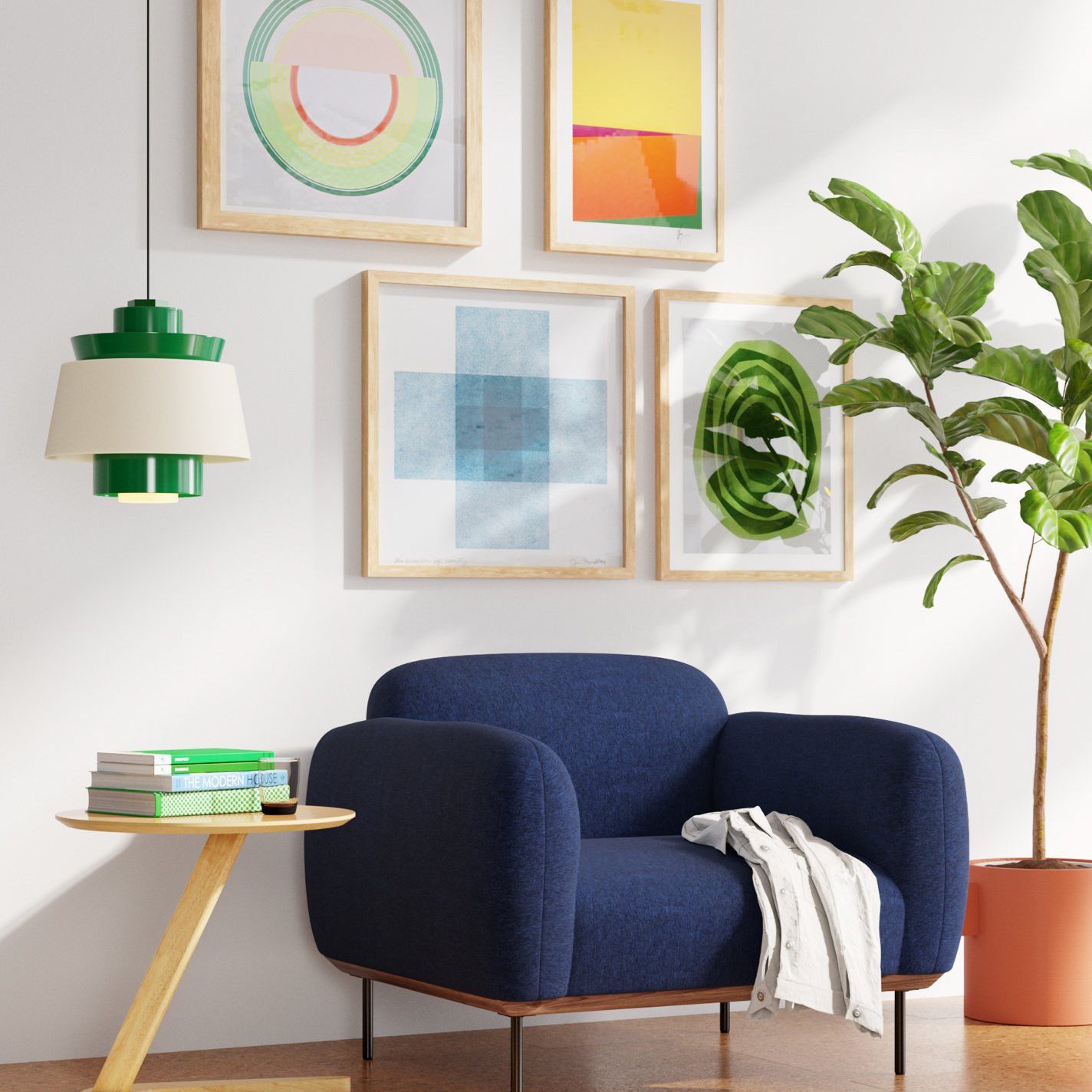
Furniture is a must-have for every household and can be purchased in a variety of materials, styles, sizes and designs. The market has witnessed significant growth in the last few years with changing lifestyles and increasing demand for innovative products. This has been a boon for the manufacturers who have been able to tap into a larger customer base and increase their profits.
With the increasing adoption of online shopping, furniture industry players are leveraging social media to promote their brands and boost sales. They are introducing personalized online ecomm stores, which curate furniture within a niche and are gaining popularity among buyers. The trend is also being driven by the growing presence of social media influencers who endorse particular furniture brands and are influencing buyer decisions.
Moreover, the furniture industry is being boosted by infrastructure development across the globe. This is due to a rapid rise in the construction of residential and commercial buildings which will necessitate the use of durable furniture to provide comfort to residents and guests. This is anticipated to propel the demand for upholstered furniture and other decorative items in the coming years.
Growing preference for stylish and elegant house furnishing items is driving the demand for curved and sculptural-shaped sofa sets, chairs and tables. The need for such furniture efficiently improves the aesthetics of living and dining areas. Furthermore, the growing inclination of consumers towards the purchase of rattan and bamboo furniture is expected to fuel the market demand for sustainable and natural materials.
The global furniture industry has been segmented by material into wood, metal, glass, plastic and others. The wood segment held the largest share of the market in 2021 owing to its durability and strength. Metal furniture is the second fastest growing segment, primarily driven by the rising demand for office desks and table tops with metal base in both residential and commercial sectors worldwide. The plastic segment is the third fastest growing sector owing to the rising demand for colored and designer plastic chairs in the global market.
Inflation is another factor impacting the furniture industry, as it results in increased labor and freight costs. This in turn increases the price of the furniture. Inflation has been a challenge for most furniture retailers and is expected to continue to be a concern in the future.
Lastly, the middle-class population tends to prefer cost-effective and second-hand furniture over luxurious items which is expected to limit the market growth. Further, vast competition from disorganized key players in many countries globally is projected to restrict the prominent companies’ business expansion. Moreover, fluctuating raw material prices and varying customs & import duties on the fixture items are predicted to pose obstacles to the overall furniture market growth. Nevertheless, the rapid urbanization and infrastructure development in developing economies is expected to drive the furniture industry expansion worldwide. The emergence of modern furniture with harm-resistant features is another major factor that is projected to foster the market growth worldwide.




